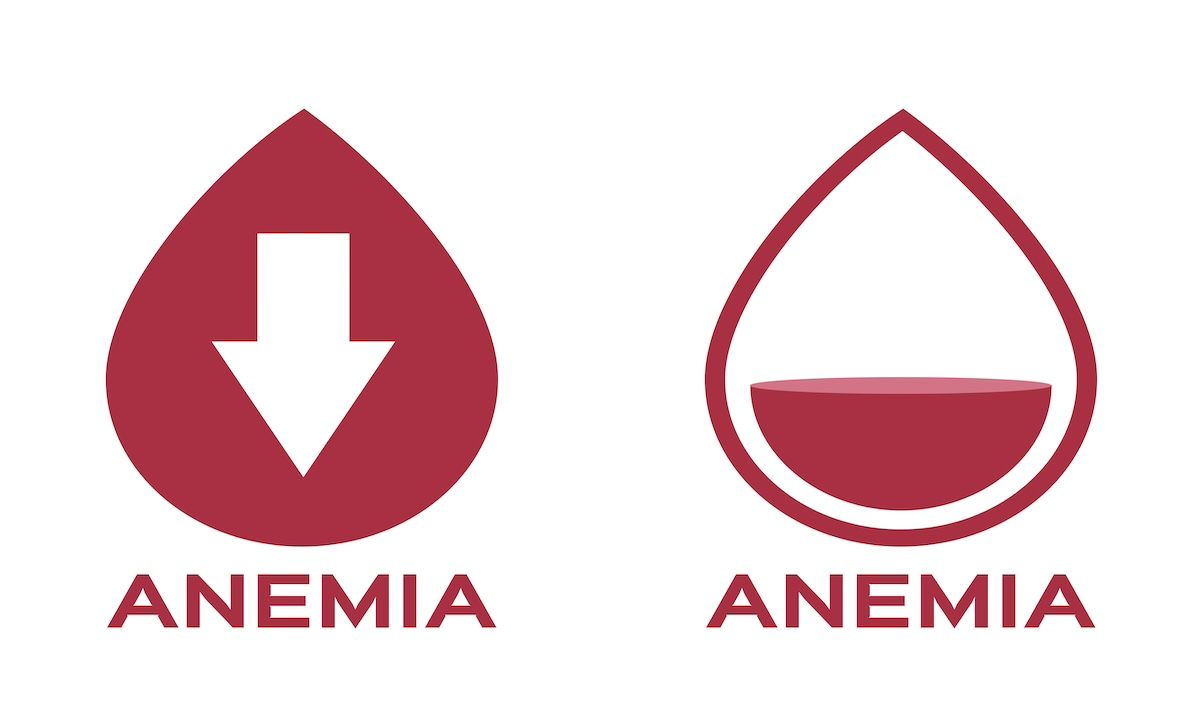- Center on Health Equity & Access
- Clinical
- Health Care Cost
- Health Care Delivery
- Insurance
- Policy
- Technology
- Value-Based Care
Key Factors Significantly Associated With ESA Response in Lower-Risk MDS
Hemoglobin levels, transfusion independence, and low serum erythropoietin levels were all deemed to have a statistically significant relationship with erythropoiesis-stimulating agent (ESA) response.
Prognostic factors such as low serum erythropoietin (EPO) levels, high hemoglobin levels, and transfusion independence have a statistically significant relationship with use of erythropoiesis-stimulating agents (ESAs) in patients who have anemia and lower-risk myelodysplastic syndromes (LR-MDS), according to a systematic literature review (SLR) published in the Journal of Clinical Medicine.1
Anemia is one of the most observed cytopenias in lower-risk MDS | Image Credit: gritsalak-stock.adobe.com

Anemia is one of the most observed cytopenias in patients with LR-MDS, and it typically requires treatment with blood transfusions or ESAs, the latter being first-line treatment for anemia in LR-MDS.
The investigators sought to gain a better understanding of the impact these factors have on ESA response to help identify patients who are less likely to benefit from the treatment and offer these patients alternative therapies.
Thirty-eight articles were included in the SLR; 34 were full-text studies and 4 were conference abstracts, according to the investigators. The median age of the population across all studies ranged from 63.1 to 82.7 years. Eight potential prognostic factors at baseline were commonly reported across the included literature: bone marrow blasts, age, hemoglobin level, serum ferritin level, International Prognostic Scoring System (IPSS) risk status, karyotype status, serum erythropoietin (EPO) level, and transfusion dependence/independence.
Among all the included studies, patients who have higher baseline hemoglobin levels or are transfusion independent were most likely to respond to ESA treatment; this response was considered the most statistically significant irrespective of the type of analysis, the investigators found.
Notably, age, bone marrow blasts, IPSS risk status, and other prognostic factors did not demonstrate “consistent, statistically significant, quantitative relationships with ESA response,” which was true across multiple types of analyses, according to the investigators.
The key findings of the present study reflect other conducted reviews of prognostic factors and MDS. One literature review, carried out by Park et al, similarly found that EPO levels were an important predictor of hematologic response to ESAs.2 Additionally, these authors wrote that “treatment response is significantly more likely among those with EPO levels below versus those above various cutoffs.”
As the authors of the present study explained, Park et al cautioned that many of the factors associated with improved response to ESAs have also been linked to an improved prognosis. They discussed the possibility that these factors are predictors of disease burden more so than solely the response to ESAs.
The investigators wanted to acknowledge the potential impact of limiting the patient population to LR-MDS, which could have led to a lack of significant results identified for factors such as age, IPSS status, and karyotype status.
One such study by Tatarelli et al that examined EPO in older patients came to the same conclusion, noting, “Further larger studies are warranted to evaluate if EPO treatment could be worthwhile in terms of quality of life and cost-efficacy in very old patients,” and that more general studies would be necessary for further understanding of the issue.3
Overall, the highlighting of these key baseline clinical characteristics suggests that patients with LR-MDS who exhibit these prognostic factors could be identified prior to receiving any treatment and be offered potentially more beneficial first-line therapies, the investigators wrote.
“Future research should assess the impact of baseline ferritin levels and bone marrow blast percentages on ESA response/failure, by using multivariate analyses that include data from large patient populations in LR-MDS and consider relevant prognostic factors such as serum EPO levels, baseline hemoglobin, and transfusion-dependence status,” the investigators concluded.
References
1. Boccia R, Xiao H, von Wilamowitz-Moellendorff C, et al. A systematic review of predictors of erythropoiesis-stimulating agent failure in lower-risk myelodysplastic syndromes. J Clin Med. 2024;13(9):2702. doi:10.3390/jcm13092702
2. Park S, Kelaidi C, Meunier M, Casadevall N, Gerds AT, Platzbecker U. The prognostic value of serum erythropoietin in patients with lower-risk myelodysplastic syndromes; a review of the literature and expert opinion. Ann Hematol. 2020;99(1):7-19. doi:10.1007/s00277-019-03799-4
3. Tatarelli C, Piccioni AL, Maurillo L, et al. Recombinant human erythropoietin in very elderly patients with myelodysplastic syndromes: results from a retrospective study. Ann Hematol. 2014;93(8):1413-1420. doi:10.1007/s00277-014-2053-9
